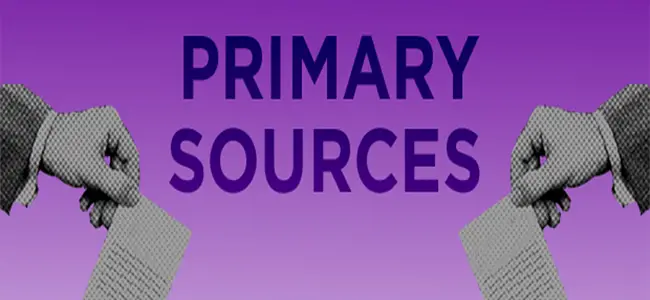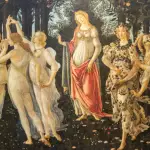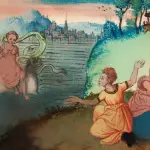Primary Sources are documents, evidences or first- hand experiences directly connected to a certain topic or event. These materials are usually created during the time when the events or situations are happening. It can also be produced in a later time through autobiography, memoirs and the like. Primary sources can come in different forms such as the following:
1. Government Documents– this includes the recordings of different activities, functions and policies of a certain government. These activities are, but not limited to, debate and hearings of the legislative bodies, official laws, government’s finances and census data. Government documents are published materials or open to public according to the law. These are also referred to as the government’s voice.
2. Manuscripts and Archival materials– these are the unpublished primary sources that are being kept by libraries or institutions. These are valuable for researches and studies regarding histories. Manuscripts and Archival materials differ from other printed sources because they are usually being evaluated.
3. Maps– this primary source is made for a specific cultural setting. It can be used for revealing misrepresentation due to political or social influences.
4. Realia and Artifacts– these three- dimensional primary sources contain information regarding people and their history. Realia and Artifacts are man- made or naturally- occurring evidences that are valued for their historical significance or scientific value.
5. Tablet– this usually contains information about the history of the ancient world. This may have inscriptions, narratives, poetry and prose, business documents or even magic spells used thousands of years ago.
6. Visual Materials– these are primary sources that come in a form of art like paintings, sculptures, photographs and film or videos.
7. Music– this comprise of all materials used in the documenting music. Examples are music sheets, music scores, instruments, sound recordings and books or manuscripts used in the field of music.
8. Sound Recordings– these pertain also to spoken materials like speeches, poetry, plays and oratory pieces
9. Oral History Interviews– since the invention of tape recorder in 1950s, recordings of oral history proliferated. These sources give a different perspective for historians due to diversity of people that can be interviewed which can start from a random man on the street up to a formal Presidential interview.










